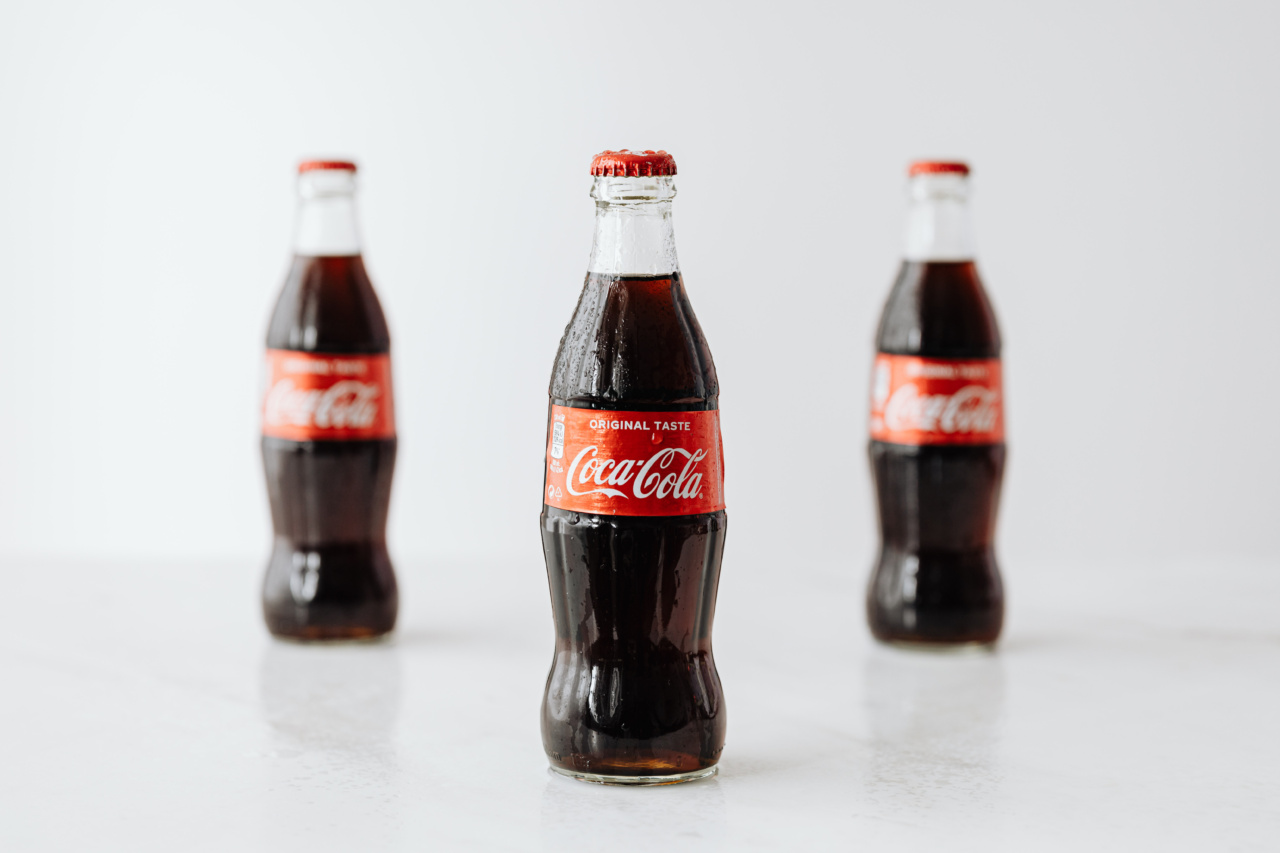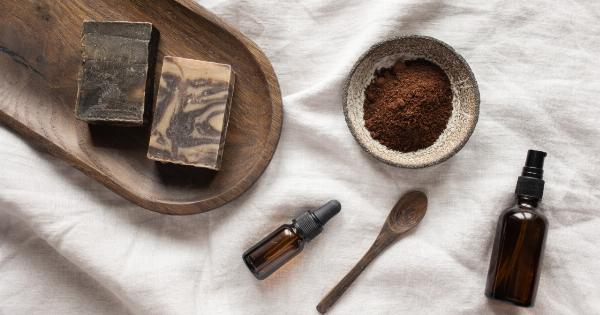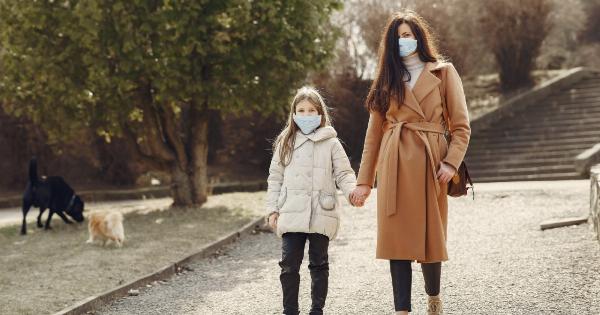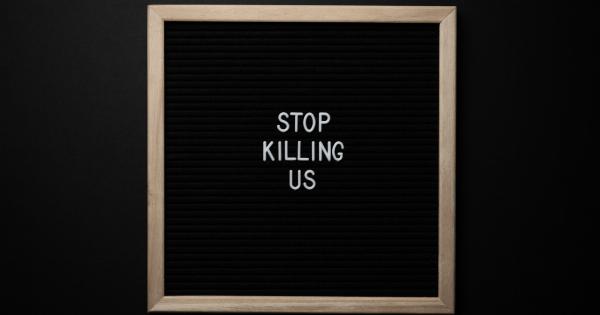As a responsible owner, it is crucial to be observant and attentive to your slave’s health. One common issue that may arise is swelling, which can indicate an underlying problem.
Recognizing the signs of swelling and understanding the associated risks are vital in ensuring your slave’s well-being. This comprehensive guide will provide you with essential information on identifying swelling in your slave and recognizing the red flags to be aware of.
1. Understanding Swelling
Swelling, also known as edema, refers to the abnormal accumulation of fluid in body tissues. It can occur in various parts of the body, such as the limbs, abdomen, face, or even internally.
While some cases of swelling may be harmless and temporary, others can signify more severe health issues.
2. Common Signs of Swelling
Identifying swelling in your slave requires a keen eye for notable changes in their physical appearance and behavior. Here are some common signs of swelling that you should be aware of:.
- Visible protrusion or enlargement of body parts
- Puffy or stretched skin
- Difficulty moving or reduced mobility
- Localized warmth or increased temperature in the affected area
- Tenderness or pain upon touching the swollen area
- Changes in appetite or weight
- Visible discomfort or distress
It is important to note that these signs can vary depending on the cause and location of swelling, making it crucial to closely monitor your slave and consult a professional if necessary.
3. Possible Causes of Swelling
Swelling in slaves can have multiple underlying causes. Understanding these causes can help you identify the potential source of swelling and seek appropriate treatment. Here are some common causes of swelling in slaves:.
- Physical injury or trauma: External force or accidents can lead to localized swelling in the affected area.
- Infections: Bacterial, viral, or fungal infections can cause swelling as the body’s immune response.
- Allergic reactions: Allergies to certain substances, such as medications or bites, can result in swelling.
- Fluid retention: Imbalances in fluid regulation within the body, often linked to kidney or heart problems, can lead to generalized swelling.
- Tumors or growths: Certain types of tumors or abnormal growths can cause swelling in specific body parts.
- Inflammation: Inflammatory conditions like arthritis or autoimmune diseases can trigger swelling.
4. Recognizing Red Flags
While swelling itself can be concerning, certain red flags indicate a more serious underlying condition. It is crucial to be vigilant for these warning signs and seek immediate veterinary or medical assistance.
Some red flags associated with swelling include:.
- Rapid or sudden onset of swelling without any apparent cause
- Severe pain or discomfort
- Difficulty breathing or shortness of breath
- Fever or elevated body temperature
- Open wounds or bleeding in the swollen area
- Loss of consciousness or seizures
- Significant changes in behavior or mental state
These red flags may indicate a severe infection, allergic reaction, organ malfunction, or other critical conditions that require immediate attention. Ignoring these signs can jeopardize your slave’s health and well-being.
5. Risks and Complications
When left untreated or undiagnosed, swelling can lead to various risks and complications for your slave. Understanding these potential consequences emphasizes the importance of early identification and prompt intervention.
Some risks associated with swelling include:.
- Poor circulation and reduced blood flow
- Nerve damage or impairment
- Increased risk of infection
- Organ dysfunction or failure
- Tissue damage or necrosis
- Chronic pain or discomfort
Remember, the severity of these risks depends on the cause, location, and duration of swelling. Timely intervention can prevent or minimize these complications.
6. When to Seek Professional Help
If you notice any signs of swelling in your slave or encounter any of the red flags mentioned earlier, it is vital to seek professional help promptly.
A qualified veterinarian or medical professional can assess the situation, diagnose the underlying cause, and provide appropriate treatment options. Do not attempt to self-diagnose or treat your slave without professional guidance, as it may exacerbate the problem.
7. Precautionary Measures
While you cannot eliminate the possibility of swelling entirely, taking precautionary measures can reduce the risk and severity. Here are some general steps you can follow:.
- Provide a safe and clean living environment to prevent accidents and injuries.
- Ensure a balanced and nutritious diet to support overall health and immune function.
- Keep your slave’s vaccinations and parasite prevention up to date.
- Perform routine checks for any abnormalities or changes in physical appearance.
- Follow proper grooming and hygiene practices.
- Administer prescribed medications as directed by a professional.
- Stay alert to your slave’s behavior, appetite, and overall well-being.
8. Treatment Options
The appropriate treatment for swelling depends on the underlying cause and severity. Once you consult a professional, they may recommend one or more of the following approaches:.
- Medications: Anti-inflammatory drugs, antibiotics, or antihistamines may be prescribed based on the cause of swelling.
- Physical therapies: Cold compresses, heat therapy, or gentle massage can help reduce swelling and alleviate discomfort.
- Drainage or aspiration: In certain cases, the accumulated fluid may need to be drained to relieve swelling.
- Surgery: If the swelling is due to tumors, growths, or other structural abnormalities, surgical intervention may be necessary.
Remember to strictly follow the professional’s instructions and complete any prescribed treatments or medications. Regular follow-ups may also be required to monitor progress and prevent recurrence.
9. The Role of Prevention
Preventing swelling, whenever possible, is always more effective and beneficial than treating it. By identifying potential risks and taking proactive measures, you can minimize the chances of swelling occurring.
Here are some preventive practices to consider:.
- Address and treat underlying health conditions promptly.
- Implement safety measures and risk assessments in your slave’s living environment.
- Ensure proper nutrition and a healthy diet.
- Maintain an exercise routine appropriate for your slave’s physical capabilities.
- Regularly monitor vital signs and body condition to identify any changes early on.
- Seek routine check-ups and follow veterinary recommendations for preventive care.
10. Conclusion
As a responsible owner, being able to identify swelling in your slave and recognizing the red flags is crucial for their well-being.
By observing visible signs, understanding the potential causes, and acknowledging the risks and complications of swelling, you can provide the necessary care and seek professional help in a timely manner. Remember to prioritize prevention and take proactive measures to ensure your slave’s health and happiness.






























